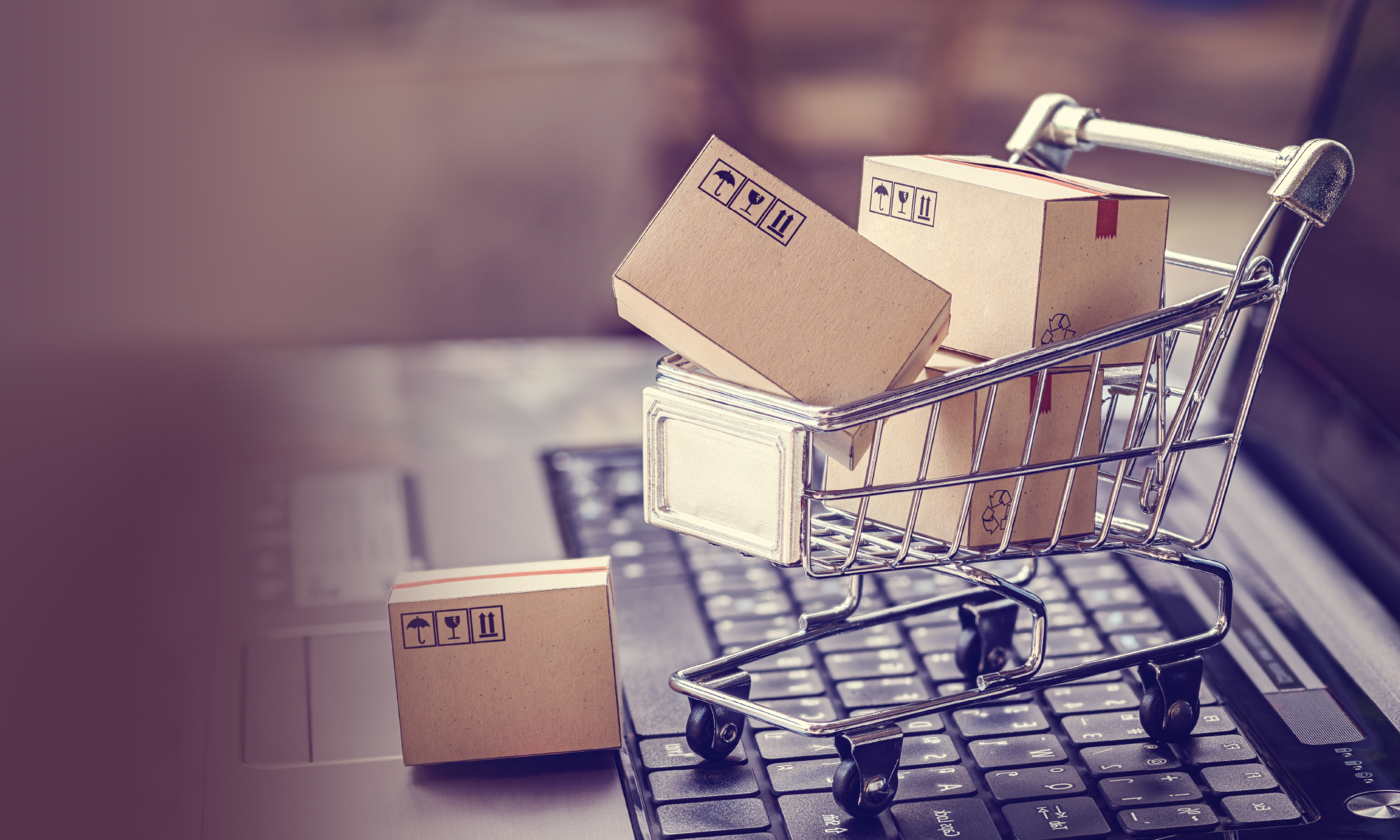The Covid-19 pandemic has triggered breaks in sometimes long-established consumption patterns. Customer behaviors have changed and changed again—often on the fly. Customer preferences have adjusted. Brand loyalties have been called into question.
In some ways, today’s retail customers have become altogether new for the brands that serve them. This new customer is a mystery of sorts—with purchase behaviors and engagement characteristics that continue to evolve as circumstances change.
But businesses are getting acquainted with this new customer, exploring new ways to keep them happy, engaged, loyal…and spending money. Here are just some of the new ways brands are adapting to the changed—and every changing—customer.
Quick Service Restaurants (QSRs)
A Transformed Store Footprint
For decades, the fast-food drive-thru has been part of the culture of America, a roadside ritual for millions of travelers with a hankering for burgers and fries. Now, this delivery model, with its brightly colored signage and ketchup-stained paper bags, has taken on a new importance in the age of social distancing.
New store footprint prototypes share several features in common, including smaller dining rooms, multiple drive-thru lanes, or pickup windows (some reserved for mobile orders), and parking reserved for third-party delivery. Drive-thru and curbside gains align with gains in app ordering, with urban, upper income, and young respondents indicating the highest rates of adoption. Drive-thrus now represent 60%-70% of transactions for several industry players. Starbucks will evolve its portfolio across the country in the next 18 months—including the closure of 400 locations—by transforming them into drive-thrus, pick-up stores, walk-up windows, and curbside locations.
More Digitization and Personalized Services
“Contactless” ordering has emerged as the leading customer request for safety at drive-thrus. Last August, it was sanitation that held the top spot. The fact that contactless surged ahead tells you all you need to know about where the future of innovation lies in the industry.

QSRs are leveraging digital technology to lure customers back into restaurants even as they shy away from person-to-person contact. In-store technologies to advance hygiene and contactless transactions include digital signage, indoor & outdoor menu boards, drive-thru directional signage, designated pick-up or curbside parking zones, and promotional displays for outdoor eating areas. The new digital menu boards often feature immediate, remote contactless payment allowing guests to both order and pay at the same time, speeding up drive-thru lanes. Since the pandemic began in March 2020, 39% of QSR operators have devoted more resources to customer-facing technology, while 31% have added online ordering , and 21% have added a QR code-accessible menu. McDonald’s stores in Sweden are using visual recognition technology and AI in drive-thrus to make more personalized recommendations.
General Retail
Leveraging Stores to Strengthen E-Commerce
The growth of online shopping is forcing store owners to rethink the way they do business to adapt in the changing retail landscape. Customers are demanding quick delivery: from two days to one day to same day–inspired by the Amazon business model.

Click and collect is making the shopping journey more convenient and enjoyable for customers. Stores acting as distribution centers and mini warehouses have gained prominence during the pandemic. Stores are building click-and-collect capabilities to serve digital orders. Nearly one third of shoppers made an online purchase and picked their order up at a store during the 2016 holiday season. Fast forward to May 2020, where click-and-collect in-store pickup increased by over 550% year-over-year. Walmart is converting stores into ecommerce testing centers where employees use augmented reality-based tools and new store design features to test different order pick-up and restocking methods in the hope of reducing order fulfillment time, while IKEA has said that many of their stores will continue to function as fulfillment stores beyond the pandemic, reflecting the need to cater to online channels.
Innovating with In-Store Technology
Customers want personalization throughout their interactions with a retailer. And they prefer in-store technologies like digital signage or QR scanners for scan-pay-and-go as being safer and solving for long checkout lines. Customers are responding and pivoting to retailers with in-store technologies and are increasingly willing to use those technologies. A recent survey found mobile payments are 80 percent more important to consumers than they were before the pandemic, while according to another survey 70 percent agreed that checkout (including a seamless payment experience) is the most important factor influencing how they view brands or retailers.
Retailers maintaining physical locations are distinguishing themselves from online retailers by providing personalized in-store experiences designed to strengthen their relationship with customers. Sephora Color Match is an in-store augmented reality experience that helps consumers pick out the perfect shade of foundation. Before the pandemic, US-based grocer Wegmans introduced mobile app-based checkout to just three of its stores. During the pandemic, it rolled out a self-checkout app to 80 of its 100 stores to drive contactless shopping.
Consumer Packaged Goods (CPG)
Omni-channel, Personalized Experience through e-commerce and Direct to Consumer (D2C)
Consumers are embracing online shopping like never before, demanding safer and more convenient options, becoming comfortable using technologies, and paying more attention to sustainability and health
Shoppers are moving to D2C brands where they can get personalized products for increasingly complex needs via expanded assortment, tailored communication, and diverse price points. Consumers seek personalized products with their choice of ingredients, design, color—unique and customized to their likes and needs. For example, Nestle launched a DTC online shop called the KitKat Chocolatory, which allows customers to design their own premium chocolate bars by picking from four types of chocolate and 14 ingredients.
CPG brands have found creative ways aimed at interacting with consumers and offer them personalized choices before they purchase the product. 99% of CPG leaders say they’re already investing in D2C. Heinz created its first-ever DTC business line, bundling shelf-stable items like beans, spaghetti, condiments, and soup for home deliveries in the UK. Consumers can customize the packaging as well, boosting the luxury and personalizing their experience.
What About You?
The mass migration to a virtual world has meant accelerated digital transformation for business and customer alike—integrating more and more of the customer journey into digital channels. That has put great pressure on brands to figure out how to be genuinely human consistently and seamlessly across the omni-channel landscape. And the pressure is often felt by retailers most of all.

From the examples above, it is clear retailers, CPG brands and QSRs are rapidly learning and responding to changing customer behavior. And, they are doing so through innovation- but innovation is hard and requires the right set of partners to be successful. So often it is the innovations we think the easiest to make that turn out to be the hardest of all. Turns out, easy is hard. Insights drive innovation. Some insight comes from observation. Other from intuition. But more and more, business-transforming innovation comes from the data trail we consumers leave behind.
For businesses to adapt and innovate, they need partners that can provide lab-designed customer experiences to unlock customer potential using design thinking, a deep understanding of customer behavior, process design, technology & platforms, analytics and AI to create actionable insights. And, very often, digital engineering teams are needed to bring those new experiences to life by orchestrating a range of solutions that integrate the physical with the digital.
How are you responding to the new customer? We’d love to talk.
Meet Ever-Changing Customer Demand

Edward is a Digital Transformation leader focused on consumer-based business strategy, client relationships & sales growth, product innovation, marketing and demand generation




